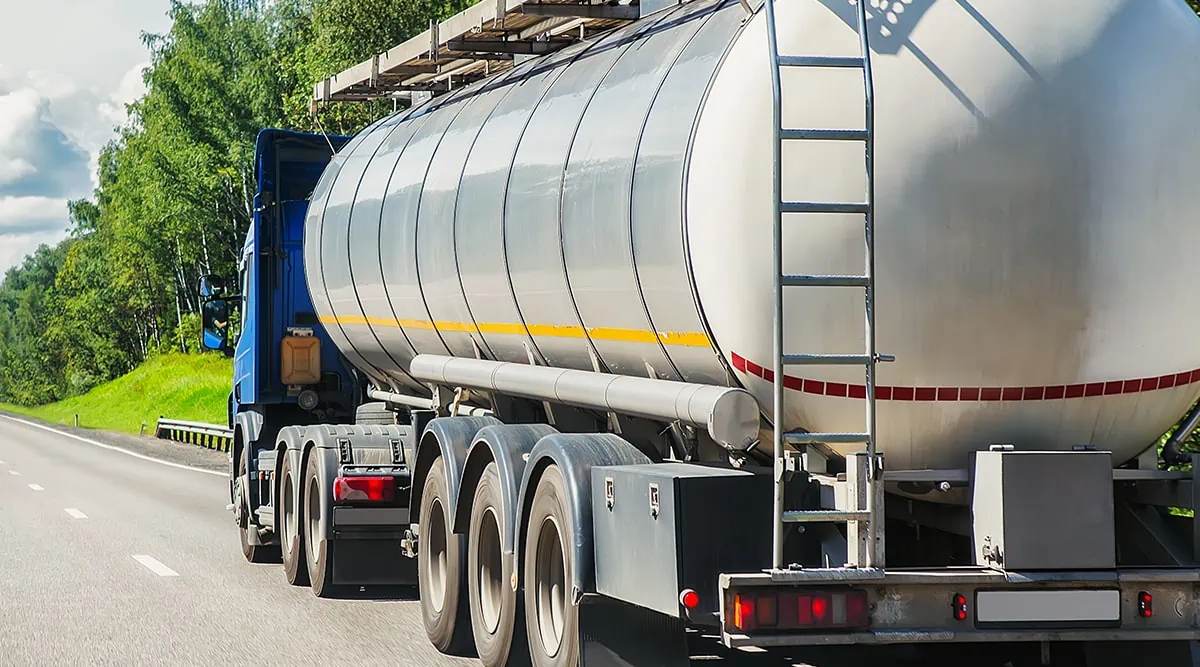Not known Details About Reclaim Waste
Table of ContentsThe Facts About Reclaim Waste RevealedOur Reclaim Waste IdeasWhat Does Reclaim Waste Mean?The smart Trick of Reclaim Waste That Nobody is DiscussingThe Basic Principles Of Reclaim Waste
Check out the types, events, and types of liquid waste. Domestic sewer waste refers to the waste and products from a residential septic system. This type of waste is developed by people in homes, schools, and various other buildings. This only consists of sewage-disposal tanks that have a drain area. The appropriate management and disposal of residential sewage waste call for liquid waste to be moved to a sewage therapy plant where the proper techniques and tools are applied to detoxify and dispose of waste.
Industrial waste typically consists of possible hazards, such as combustible materials or a mixture of fluid and strong waste items, and needs an extra advanced and thorough disposal process. The disposal of industrial waste generally entails the filtration of waste before transport to make certain risk-free and appropriate disposal. Hazardous waste is created from by-products and drainage of industrial processes and production.
This sort of waste can not use the very same sewer management transport or procedures as septic or commercial fluids. The hazardous waste administration process calls for the assessment and testing of fluid waste before it goes through the disposal procedure (industrial wastewater treatment). Drainage waste is the liquid waste that comes from drainage and excess stormwater in very inhabited locations or cities
Drainage waste can create contamination and flooding if not taken care of properly. Find out more concerning sewage system cleansing and waste monitoring. Ensuring proper waste management can stop calamities and minimize ecological injury. Both people in domestic setups and professionals in commercial or manufacturing industries can gain from understanding the procedures and policies of liquid waste management.
The Single Strategy To Use For Reclaim Waste
Contact PROS Solutions today to learn more about our waste management and disposal solutions and the appropriate ways to look after the liquid waste you create.
(https://filesharingtalk.com/members/604691-reclaimwaste1)This supposed 'wastewater' is not only an essential source but, after therapy, will be launched to our land, rivers or the ocean. Made use of water from bathrooms, showers, baths, cooking area sinks, laundries and industrial procedures is understood as wastewater.

water utilized to cool machinery or tidy plant and equipment). Stormwater, a form of wastewater, is overflow that flows from agricultural and city areas such as roofing systems, parks, yards, roads, paths and gutters right into stormwater drains, after rain. Stormwater flows untreated straight to neighborhood creeks or rivers, at some point reaching the sea.
Little Known Questions About Reclaim Waste.
In Queensland, many wastewater is treated at sewage therapy plants. Wastewater is moved from domestic or industrial sites with a system of drains and pump terminals, recognized as sewerage reticulation, to a sewage therapy plant. City governments build, preserve and operate most sewage therapy plants. Operators are accredited under the Environmental Management Act 1994 to discharge treated wastewater at an acceptable environmental standard into rivers.
The Division of Natural Resources recommends local governments concerning handling, operating and keeping sewage systems and therapy plants. In unsewered locations, city governments might require householders to install specific or house sewer treatment systems to deal with domestic wastewater from commodes, cooking areas, restrooms and laundries. The Division of Natural Resources authorizes making use of family systems when they are verified to be effective.
Most stormwater receives no therapy. In some new neighborhoods, therapy of some stormwater to eliminate litter, sand and crushed rock has started making use of gross pollutant traps. Wastewater therapy occurs in 4 phases: Gets rid of solid issue. Larger solids, such as plastics and various other objects mistakenly discharged to sewers, are gotten rid of when wastewater is passed with screens.
Wastewater then moves into huge storage tanks where solids resolve and are eliminated as sludge. Grease and scum are skimmed from the surface. Makes use of small living organisms referred to as micro-organisms to damage down and remove remaining liquified wastes and great particles. Micro-organisms and wastes explanation are incorporated in the sludge. Gets rid of nitrogen and phosphorus nutrients that can cause algal blooms in our rivers and threaten water life.
7 Easy Facts About Reclaim Waste Shown
Nutrient removal is not offered at all sewer therapy plants due to the fact that it requires pricey specialized equipment. Clear liquid effluent produced after treatment may still include disease-causing micro-organisms - liquid waste removal.

Many wastewater flows into the sewerage system. Under the Act, neighborhood federal governments provide approvals and permits for ecologically appropriate tasks (Ages) entailing wastewater releases that could have a regional influence.
The 6-Minute Rule for Reclaim Waste
Tracking supplies valid info regarding water top quality and can validate that permit conditions are being met. The information obtained with surveillance gives the basis for making water top quality decisions.